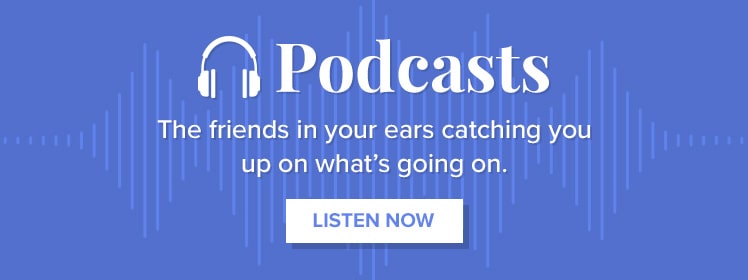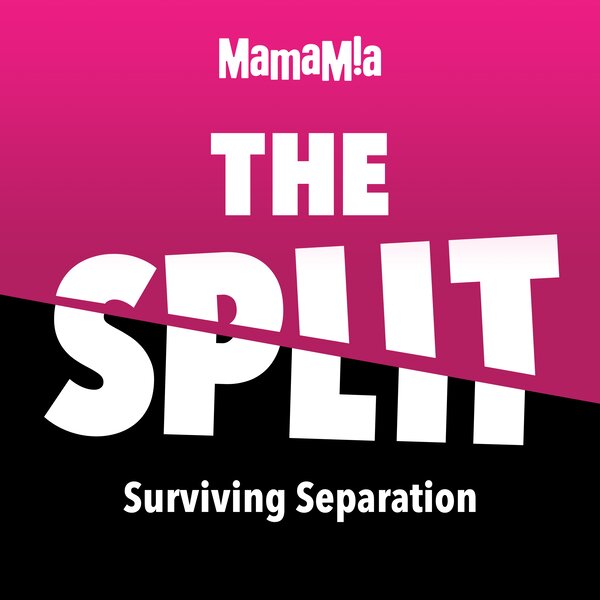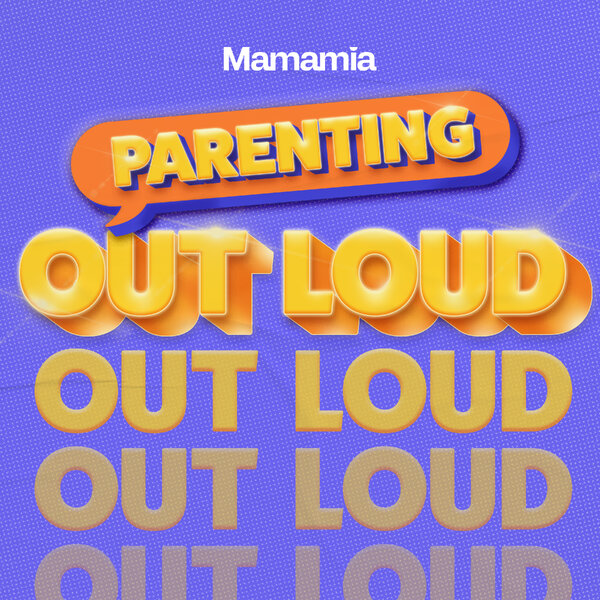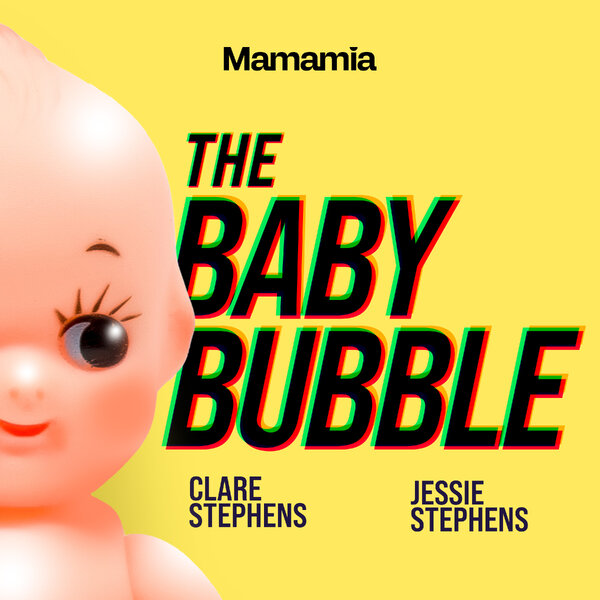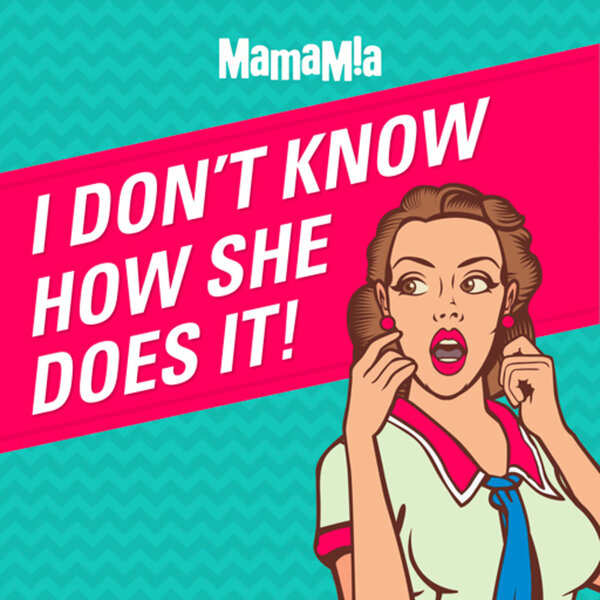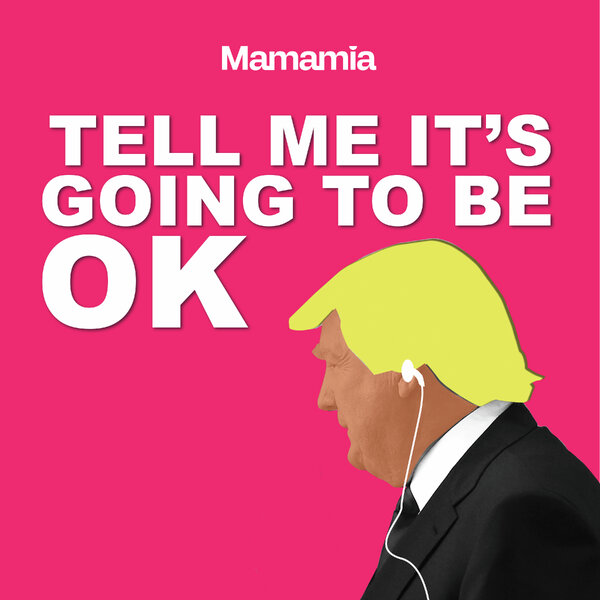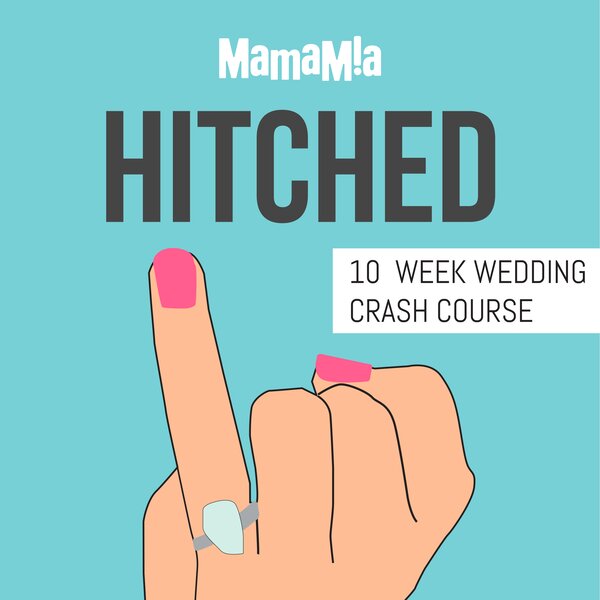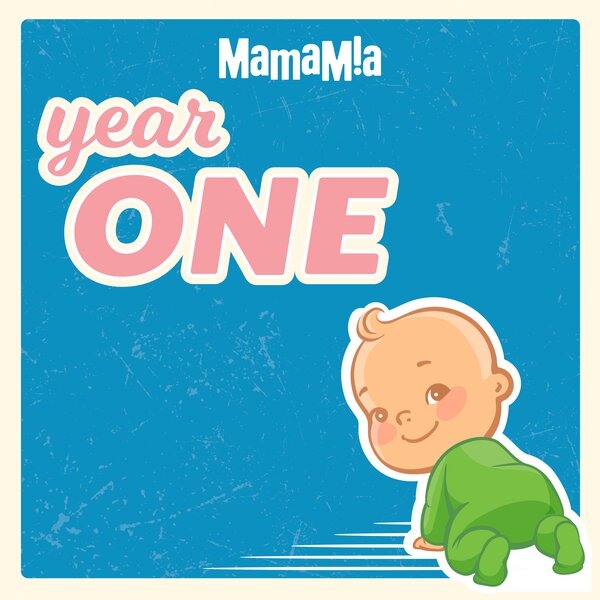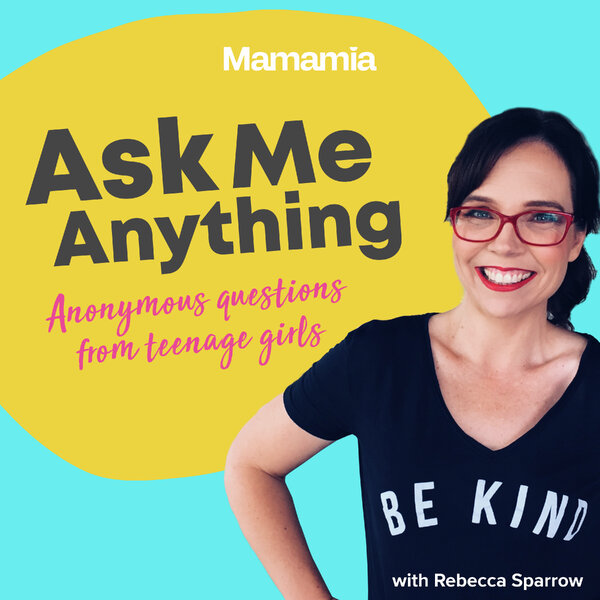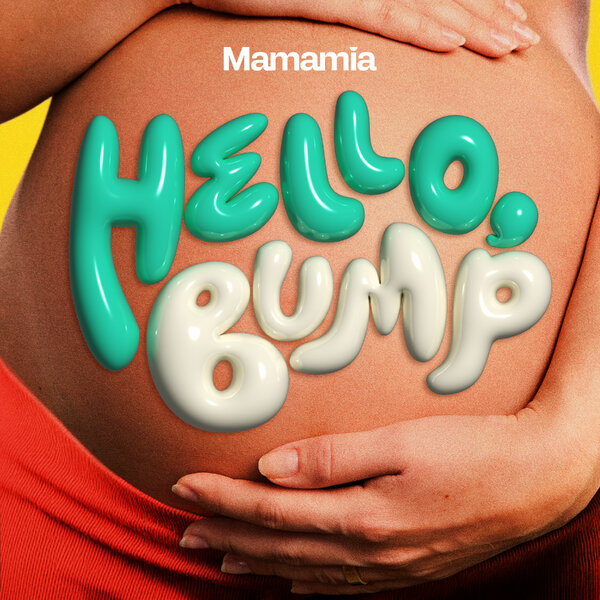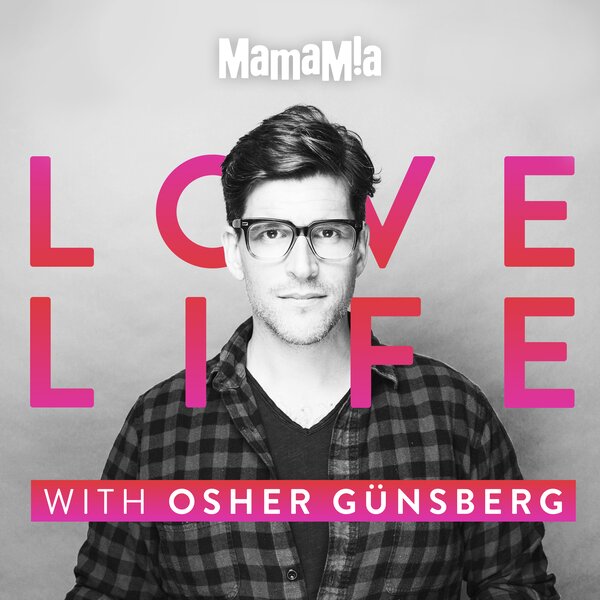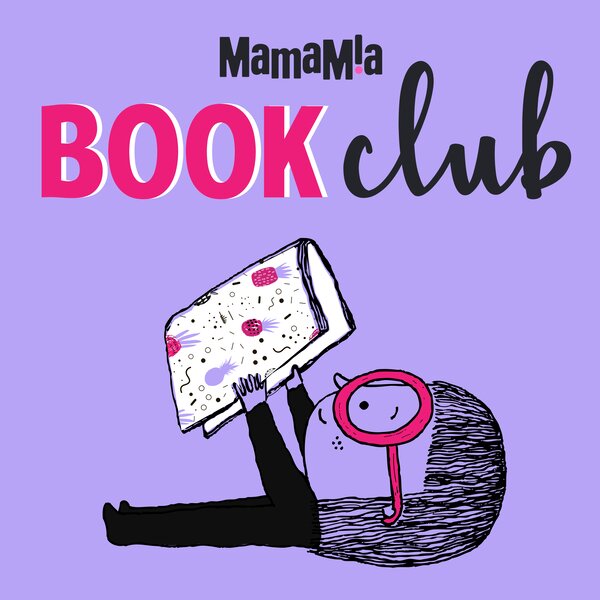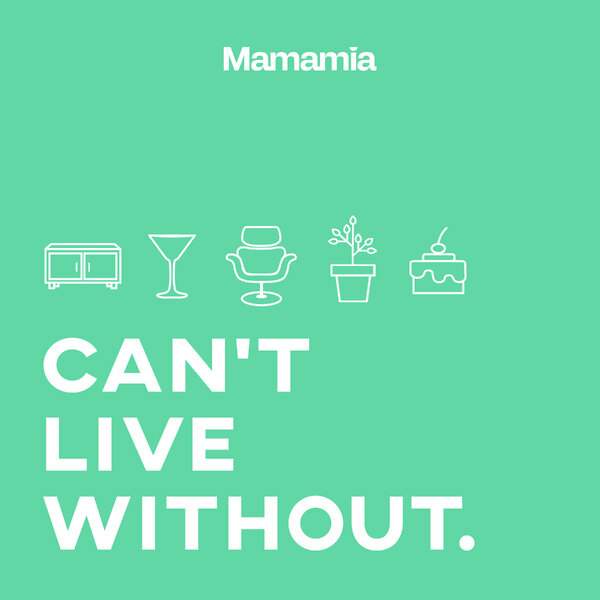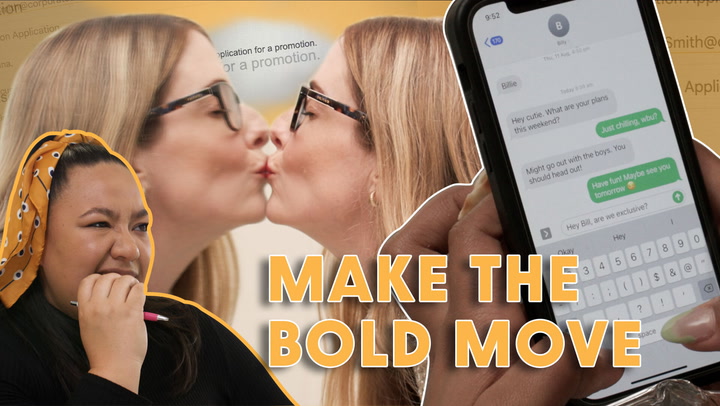
After Sydney's first major COVID lockdown ended, I got a puppy.
I took her everywhere with me — cafés, friends' houses, out for adventures to new places.
Then another lockdown hit, and the only place I could take her was my local park. That's where I met my now-good friends, the fellow dog owners of my suburb.
We'd all go and stand around in responsible, socially distanced circles, drink in hand, while the dogs played. (We're all still good friends, but we do things like go out for dinners now.)
Watch: Black cat and golden retriever theory in relationships. Post continues below.
One of those dog-park friends is originally from Melbourne — where I'd lived for exactly two years. One day, a couple of years into our friendship, we were chatting, and I mentioned the small all-girls' school I'd gone to.
"Wait, you went there?" she asked. (I'm not going to name the school because frankly, I hated it.)
"I WENT THERE TOO!!!"
Wild coincidence, right? I mean, how many schools are there in Melbourne? It's got to be a fair few, hey?
Weirder still, we figured out that we'd been at the school at the same time — even though I'm a few years older. I was in the senior school (Year 7 and 8) while she was in the junior school.
What's more, both of us were only at that particular school for a couple of years — but somehow, our time overlapped.


